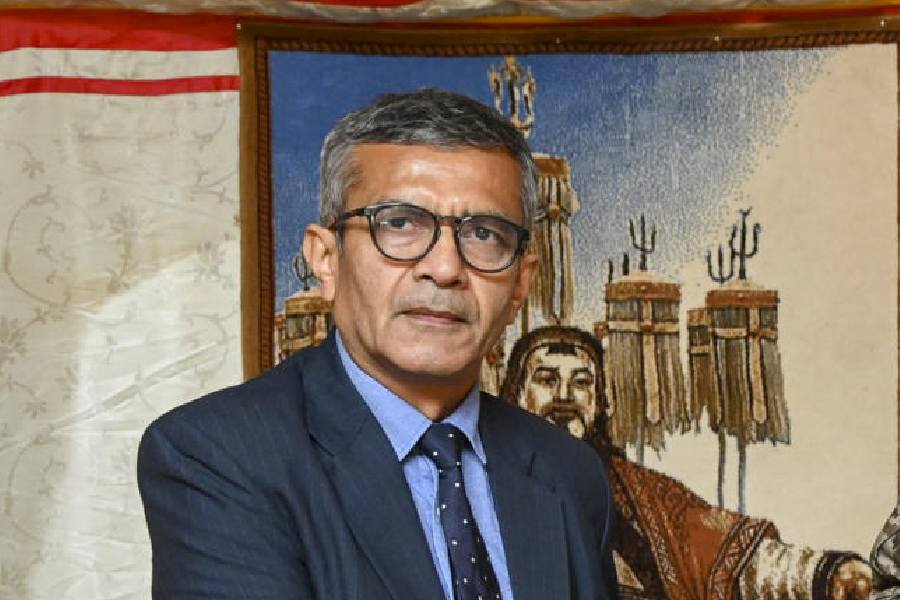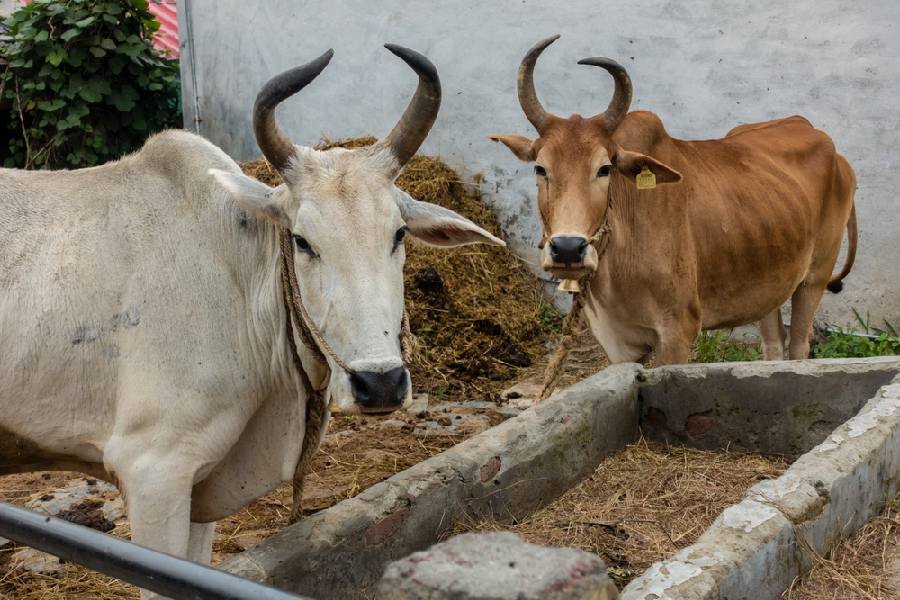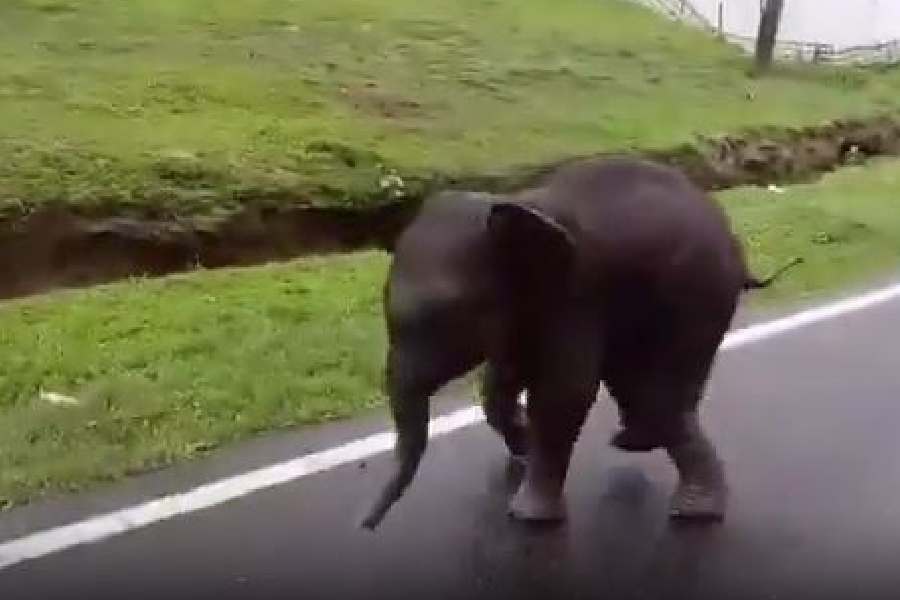
R.N. Nandi's attempt to historicize the Rigveda Samhita, the earliest literary composition of South Asia, challenges the dominant historical notion that the text was compiled in the latter half of the second millennium BC when the Vedic Aryans migrated to the Indian subcontinent after the decline of the Harappan civilization. Rather, Nandi claims that "...correlation of Harappan archaeology and the Rigveda compositions is no longer a matter of debate except in certain misinformed quarters". In these days of growing saffronization of historical information, such a strong claim by an established historian, boosting the identification between the Harappan and the Vedic civilizations (showcasing the Vedic Aryans as indigenous inhabitants of the subcontinent), deserves serious scrutiny.
Nandi argues that Rigvedic geography was not limited to Punjab and its surroundings - as Michael Witzel has shown - but ranged between eastern Iran in the west and Haryana in the east and between Kashmir in the north and the Rann of Kutch in the south. The chapters of the book claim a correlation between Harappan archaeology and Vedic literature by inspecting the material culture, language, rituals, soma sacrifice, hydrography and faunal depiction. Nandi claims that the Rigveda depicts the urban scenario (cities being referred to as pur/vritra/ durga/vrijan) of all three phases of Harappan urbanization (maturation, degeneration and desertion). The Harappan sites contain the markers of Aryan culture, such as the fire-cult and the solar disc. The Harappan script, he argues, was a sign system without any linguistic value which did not survive after geoclimatic disorders devastated the urban centres. A new liturgical dialect, the Vedic Sanskrit, was developed by a priesthood specialized in enchantments for the pacification of the natural forces, whose first languages were various Prakrits and Dravidian languages originating from a common indigenous ancestor. Thus the Rigveda has a traumatic preoccupation with geoclimatic disorders and civil disturbances. The Iranian Avesta, where social upheavals occupy a major space and environmental disorders are alluded to occasionally, represents a subsequent breakaway ideology of the Rigveda. Nandi further substantiates his dating of the Rigveda to 2500-1500 BC by highlighting that the river Sarasvati, much celebrated in the Rigveda, dried up after 2100 BC.
The most significant contribution of Nandi's book is in correlating the Rigvedic and the Avestan characters. He identifies the Rigvedic Ishtashva with Vishtashpa, the Iranian patron of Zarathushtra, and shows the evolution of the soma oblation as a new development espoused by five figures from Vivasvan (Avestan Vivangban) to Zarathushtra. He also connects the Vedic and Avestan information to illustrate the cultic confrontation between the Daiva and Asura worshippers.
These correlations, however, raise the question of whether Iran can be included within the Harappan context Nandi proposes for the Rigveda. It rather points towards an Indo-Iranian scenario preceding the movement of the Vedic Aryans through Afghanistan to Punjab. There was possibly an overlap between the westernmost regions of the Harappan landscape and the eastern limits of the Indo-Iranian world. The Indo-Iranians knew about their Dasa (Harappan) neighbours, and the migrating Vedic Aryans encountered the deserted urban centres. The Rigvedic poets referred to the Sarasvati as a decaying river or a mythical river goddess. However, all the major political events of the Rigveda (such as the Battle of the Ten Kings and the Bharata expansion) take place in and around Punjab, on the banks of the Indus, Sutlej, Beas, Ravi and Yamuna. The thriving Sarasvati, praised by the Gritsamadas (whom Witzel locates in the farthest northwest of the Indian subcontinent) in Book II is most probably a river of Afghanistan (Haraxvaity of the Avesta), the presence of which Nandi acknowledges. Thus, Nandi's study seems to be an unconvincing attempt to represent as identical the two civilizations which - at most - were partially overlapping.
Moreover, the literal meanings of durga (difficult to access) and vrijan (enclosure of people) do not necessarily signify urbanity, while Nandi himself shows that pur could mean even a pit dwelling. Linguistically, if Old Indo-Aryan and Dravidian had a common indigenous ancestor, non-Indian Indo-European languages should have carried their common features, such as retroflexed consonants, which is not the case. Nandi's claim that the presence of the fire cult in the Bactria-Margiana Archaeological Complex and of the solar disc in the Andronovo culture is the result of the diffusion of Harappan culture is not substantiated by any evidence. On the contrary, both these archaeological complexes contain definite evidence of early domestication of the horse and of horse-riding, both important markers of Aryan culture, unlike the Harappan sites. The occurrence of fire-pits in the solitary site of Kalibangan cannot eradicate the distinction between the Harappan image-worship of mother goddesses and the Vedic sacrifices to abstract and predominantly male divinities. While its historical claim is, thus, highly questionable, the book has been further weakened by erratic transliteration of the Sanskrit words.











